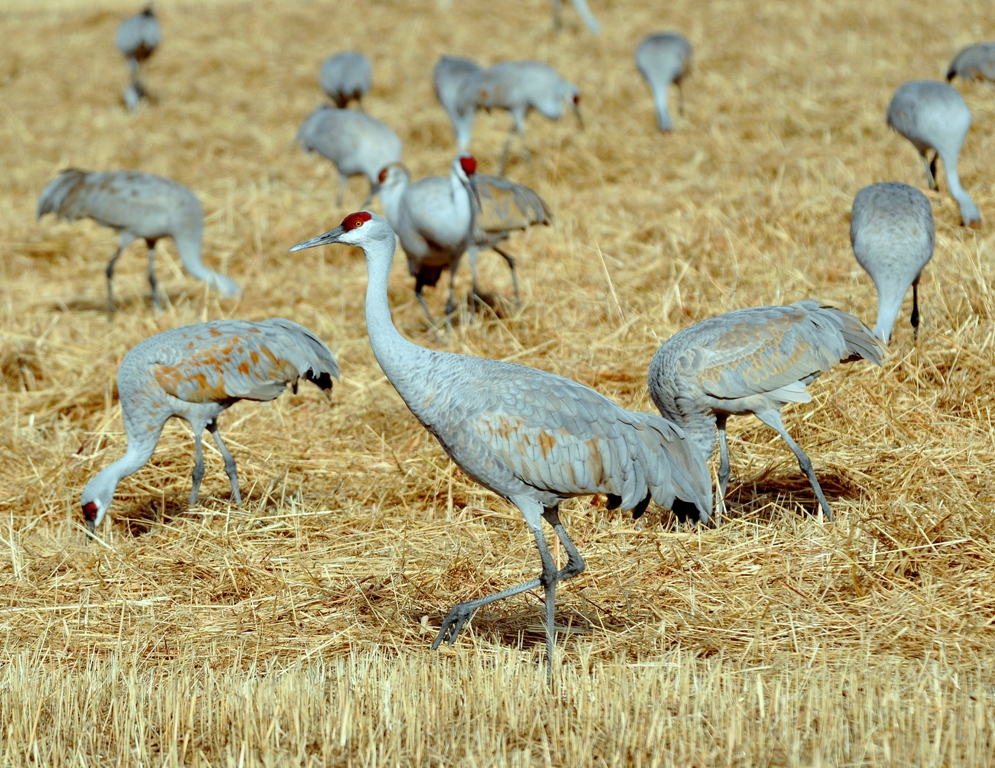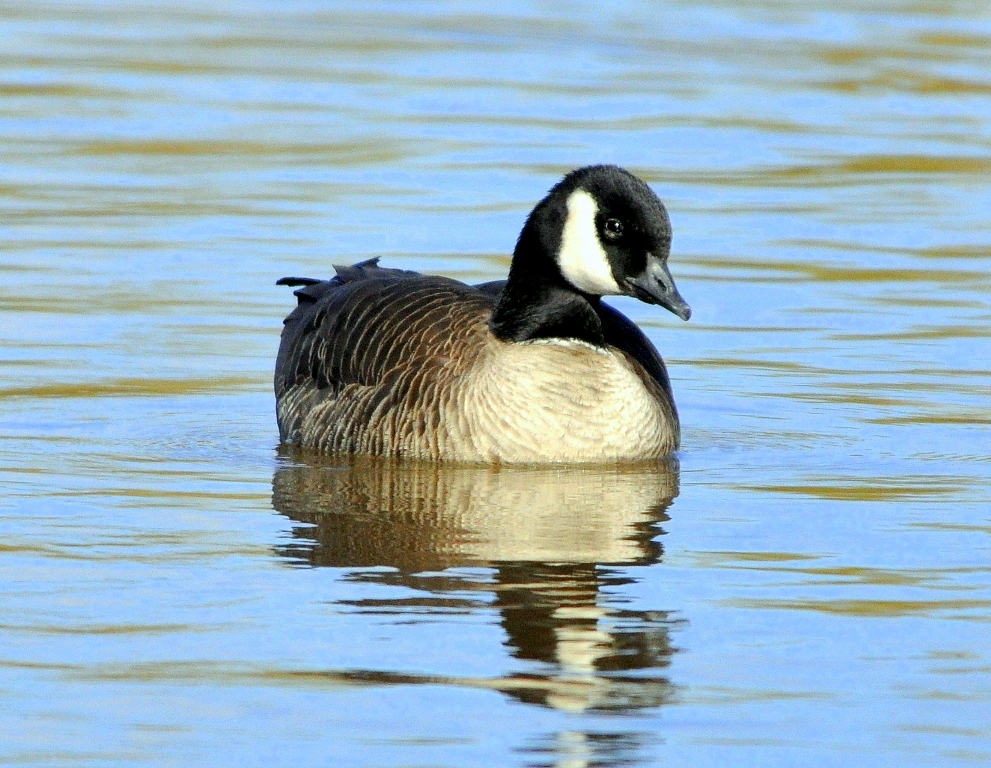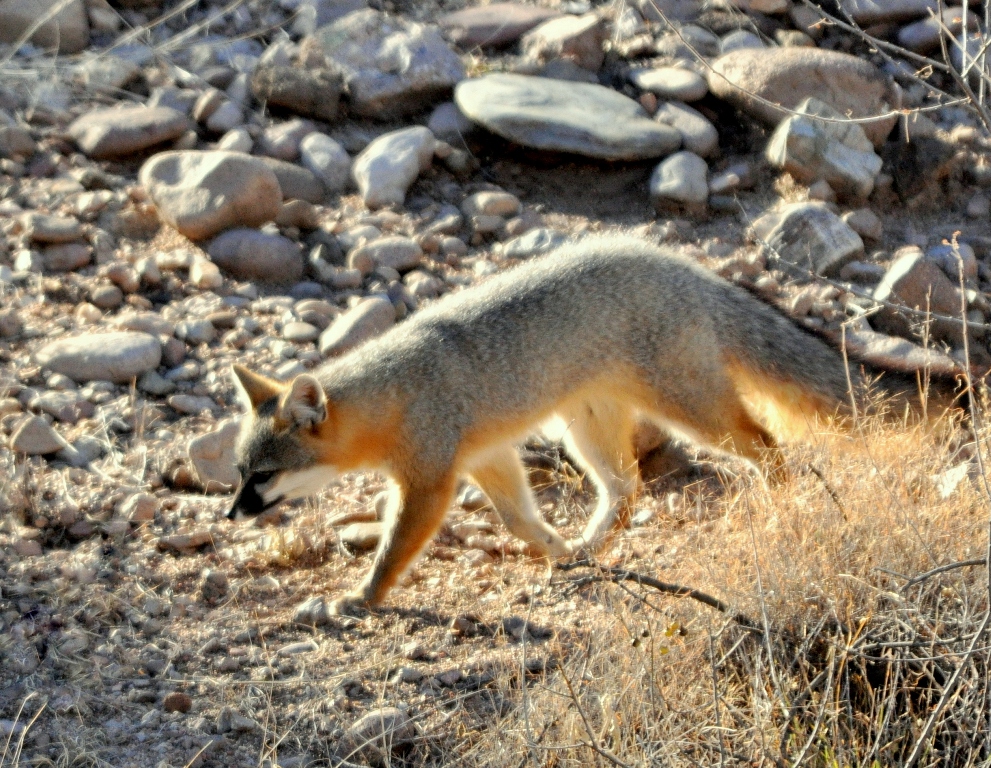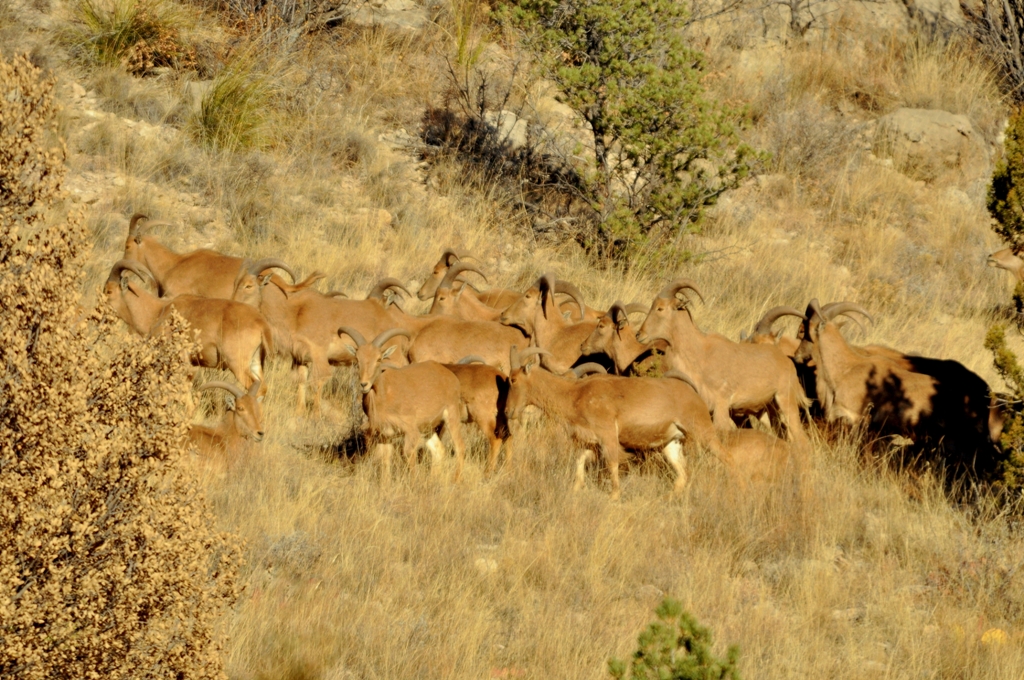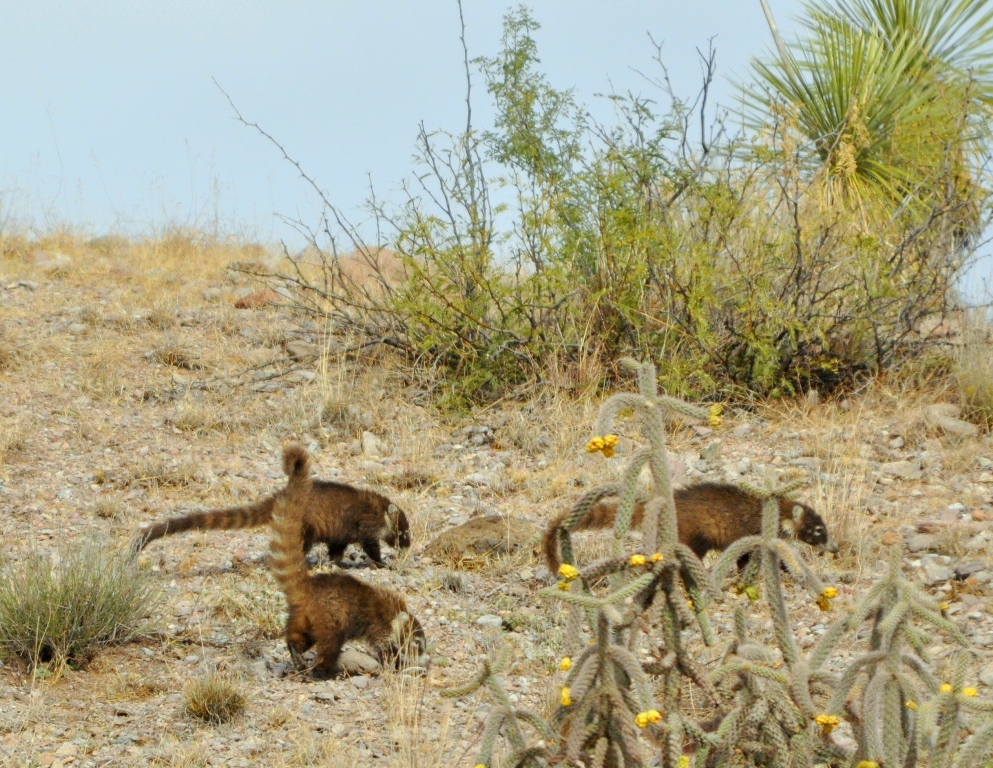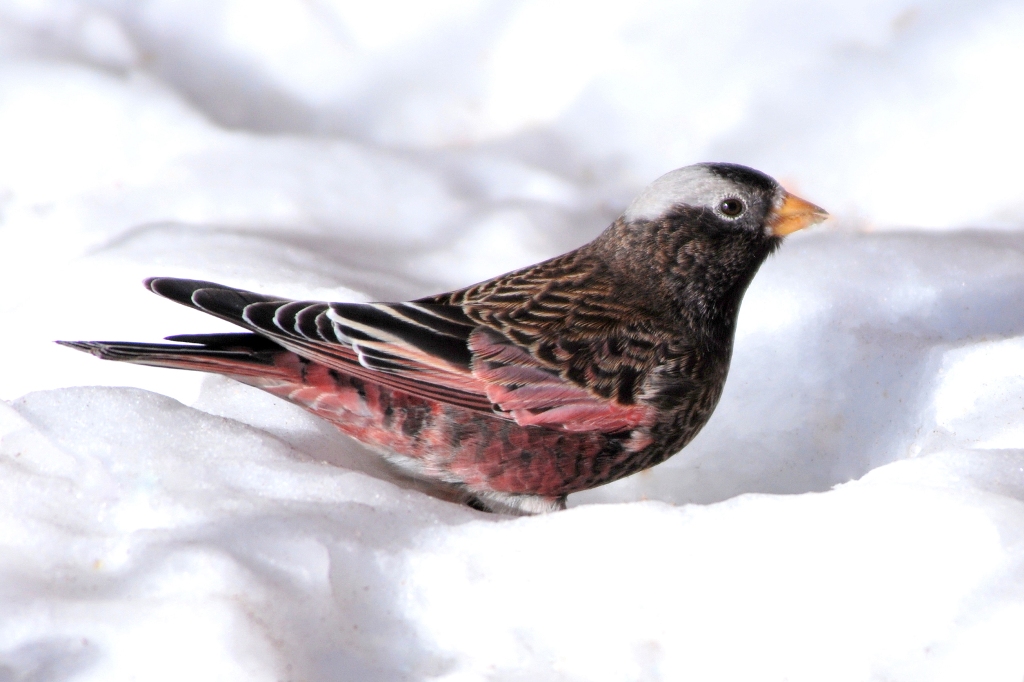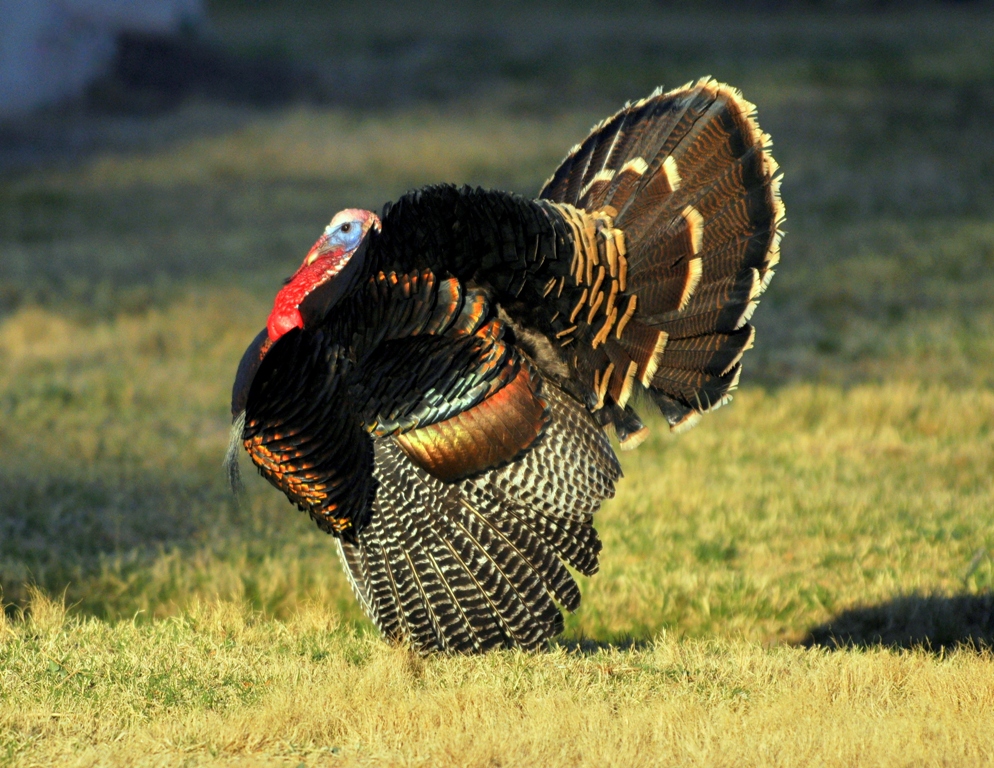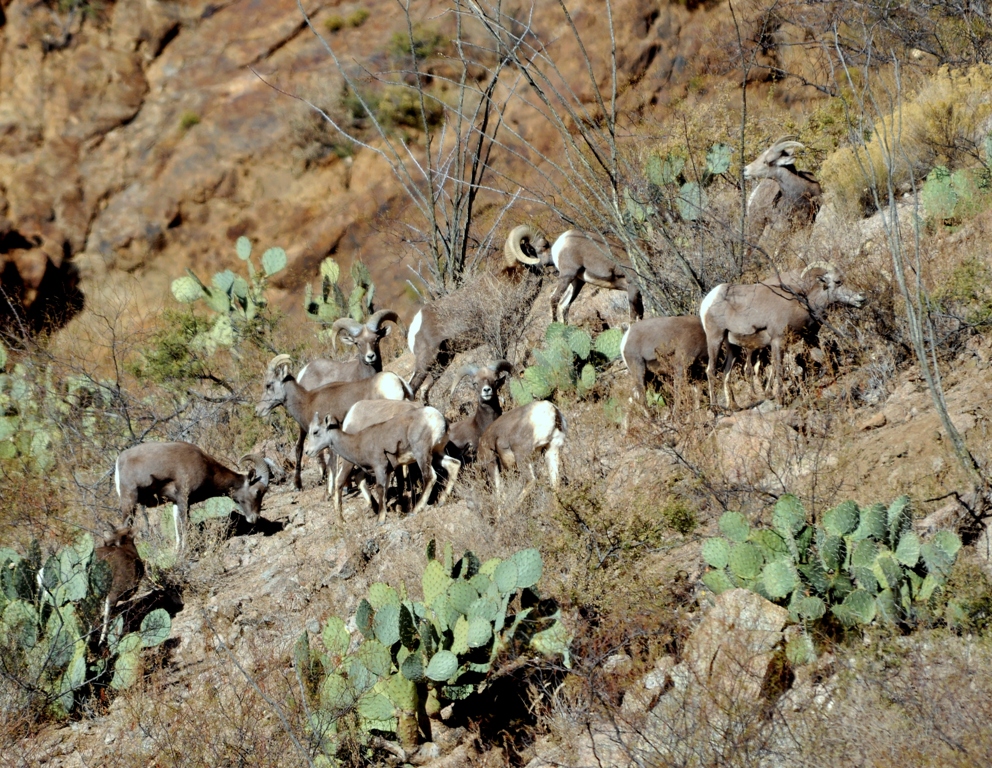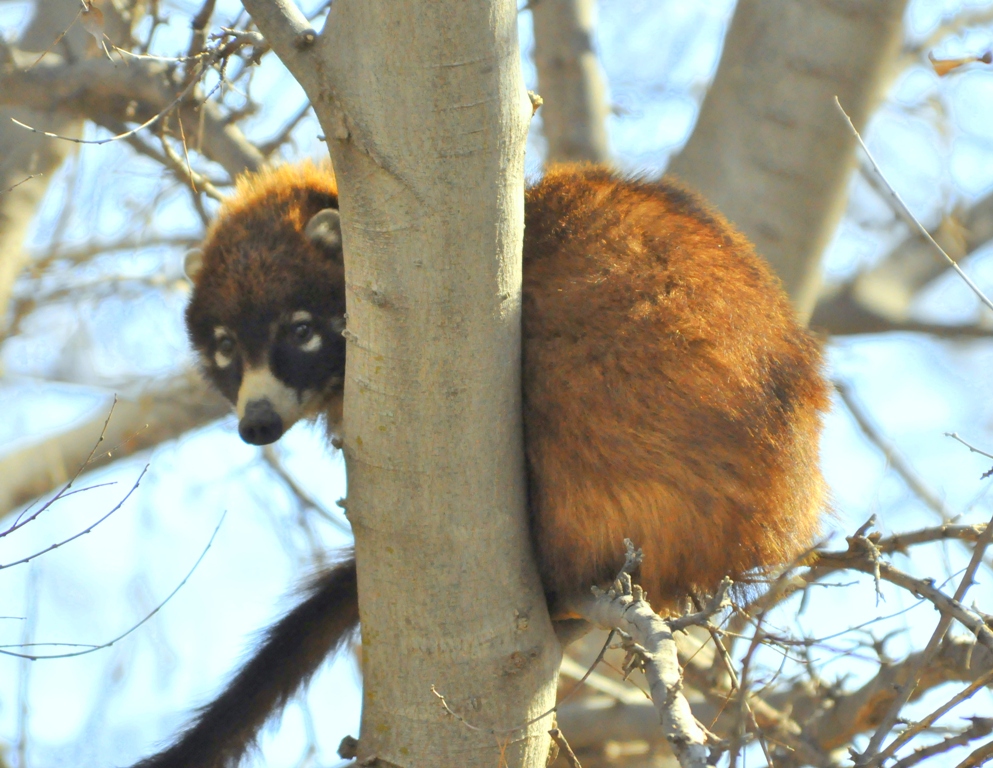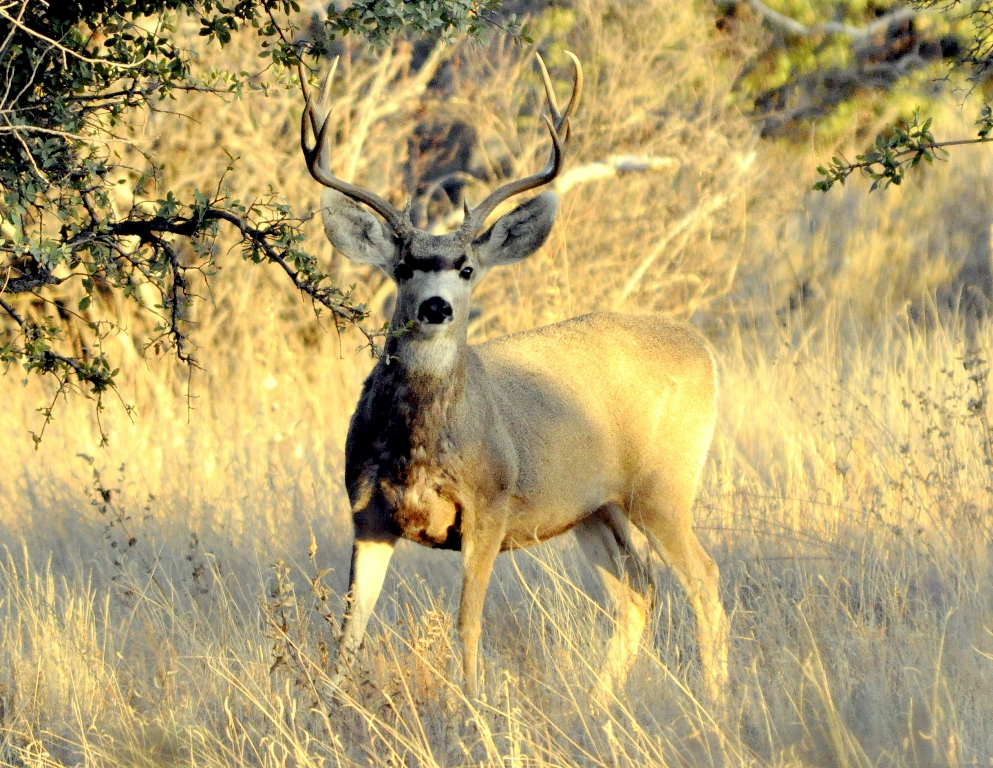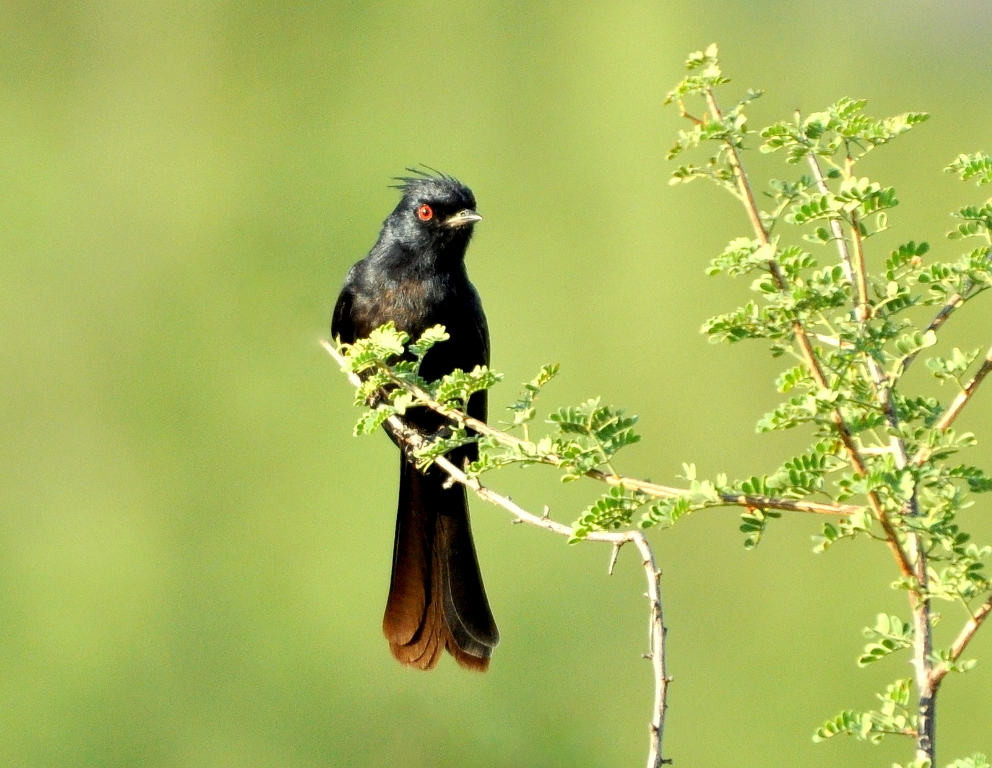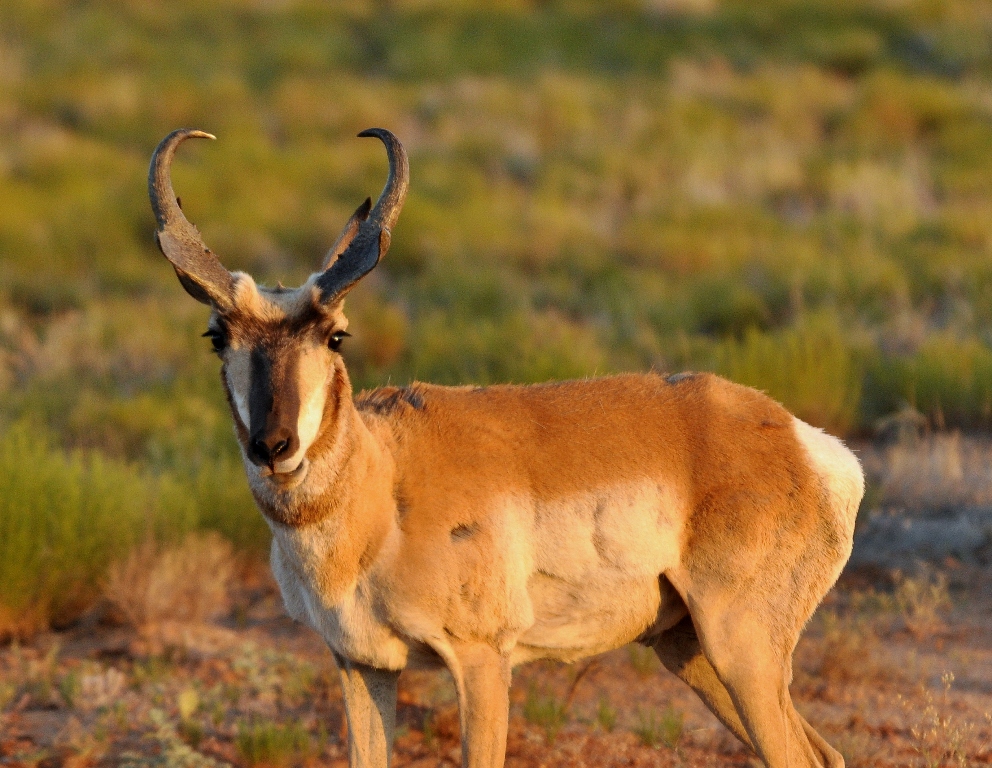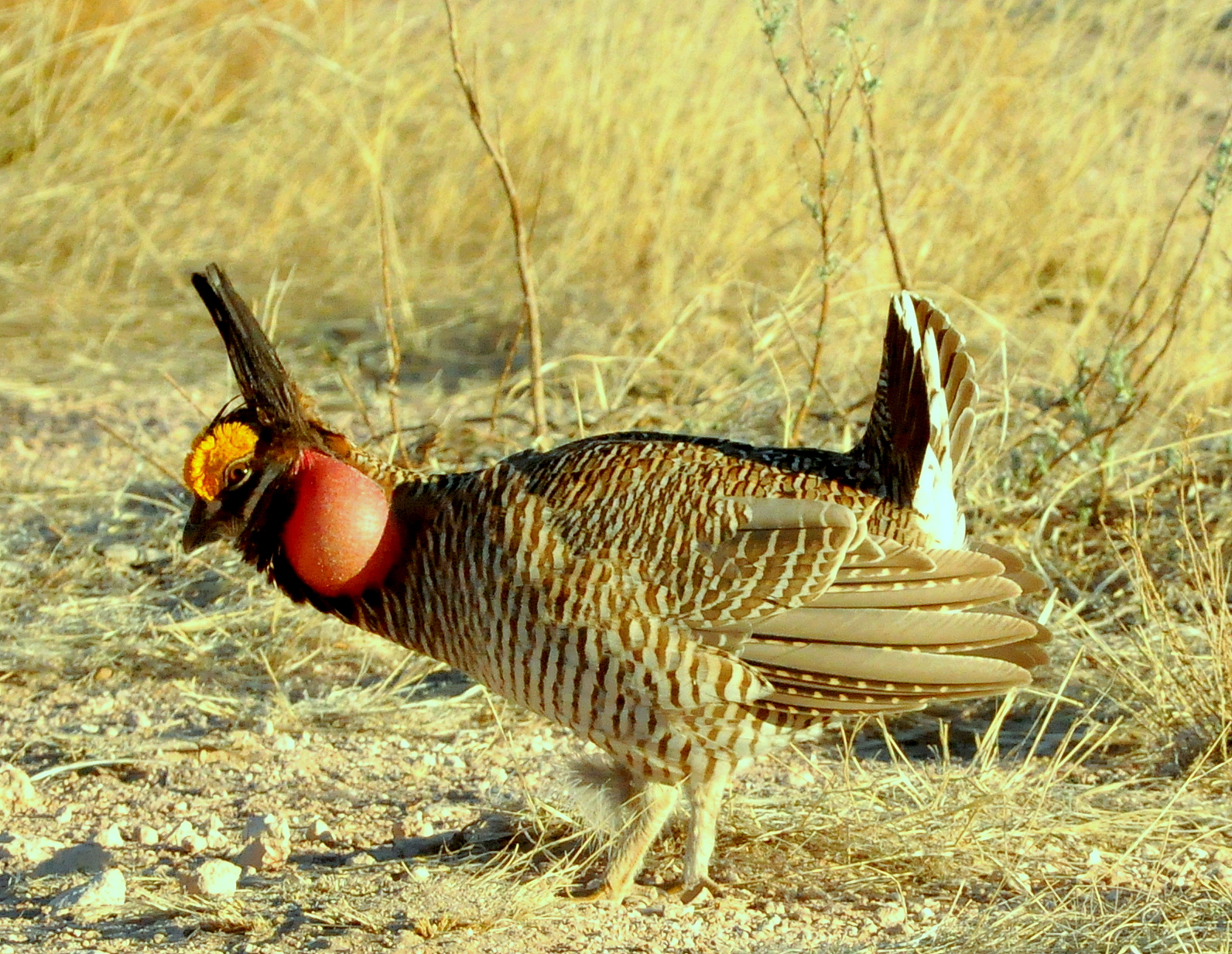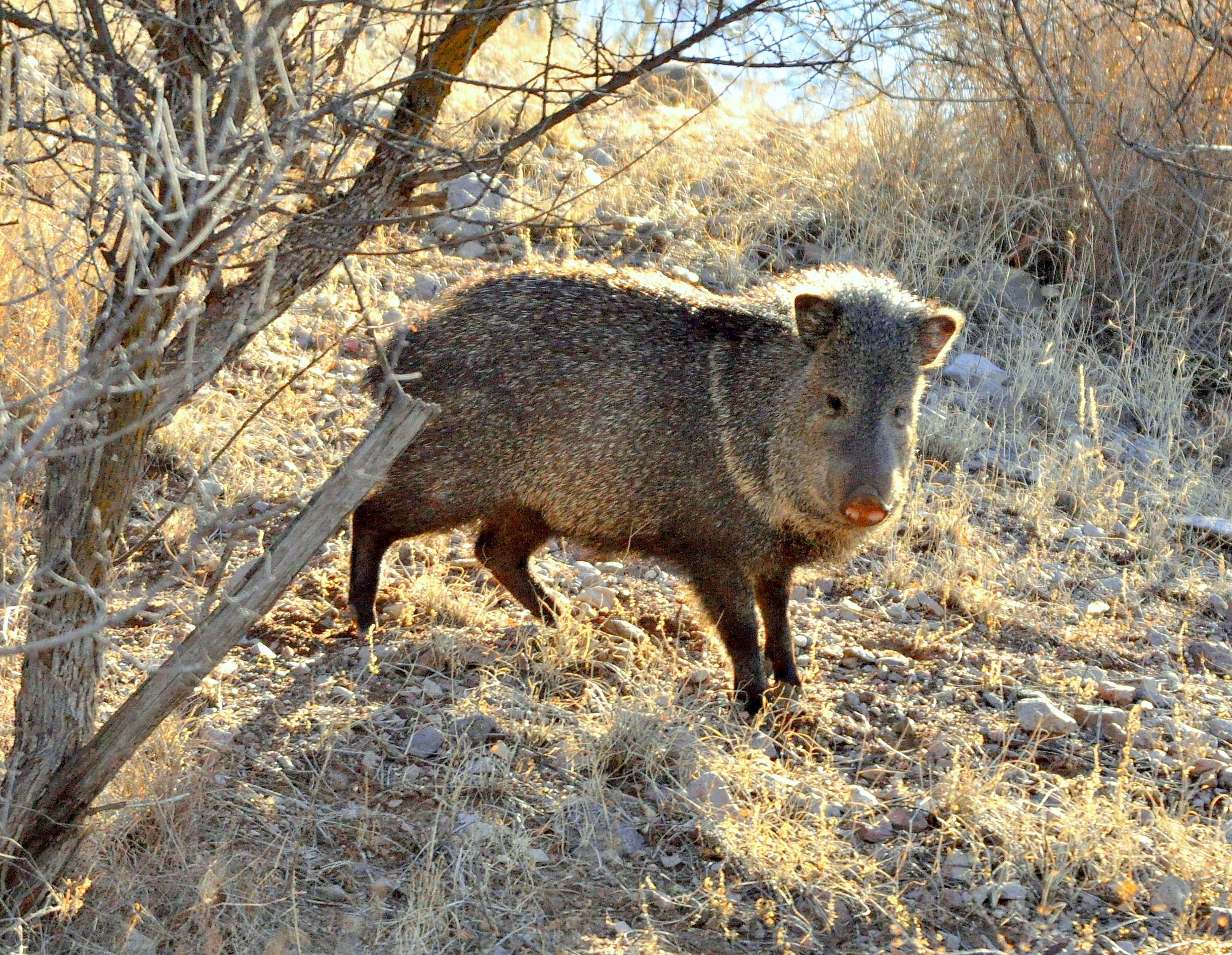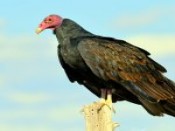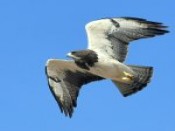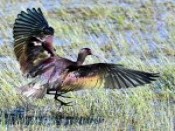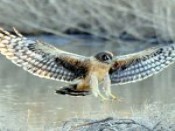Barbary Sheep | Lincoln, New Mexico | February, 2011
Barbary Sheep are not native to New Mexico. They were transplanted into New Mexico from North Africa 45 or 50 years ago. |MC32-0271
Read MoreWild Turkey – Male | Carlsbad, New Mexico | April, 2011
This wild turkey is an adult gobbler of the Rio Grande subspecies. Most of the wild turkeys in New Mexico are Meriam’s subspecies, but we do have some Rio Grande’s and a very small number of the Gould’s subspecies. |MC35-0173
Read MoreJavelinas | Lordsburg, New Mexico | March, 2009
Javelinas have, for centuries, been slowly moving north from their South American rainforest home, where they still live. They moved through Mexico and into Texas, Arizona, and New Mexico as recently as 150 years ago. In New Mexico they continue to move slowly north and have now reached Bosque del Apache, which is only 90 miles south of Albuquerque. How much farther north they can move will be determined by how well they adapt to the increasingly colder winters. ||MC2-0299
Read MoreLesser Prairie-Chicken – Male | Roswell, New Mexico | April, 2011
This male Prairie-Chicken is displaying on a lek, or strutting ground, that is used by all the grouse in the area. These birds fly onto these leks in complete darkness,arriving at least 1/2 hour before any hint of sunrise. The dominant males on each lek will mate with the majority of the females. |MC35-0038
Read MoreJavelina | Lordsburg, New Mexico | December, 2009
The light colored band around this Javelinas shoulders is way they are also called Collard Peccarys. |MC16-0430
Read More

